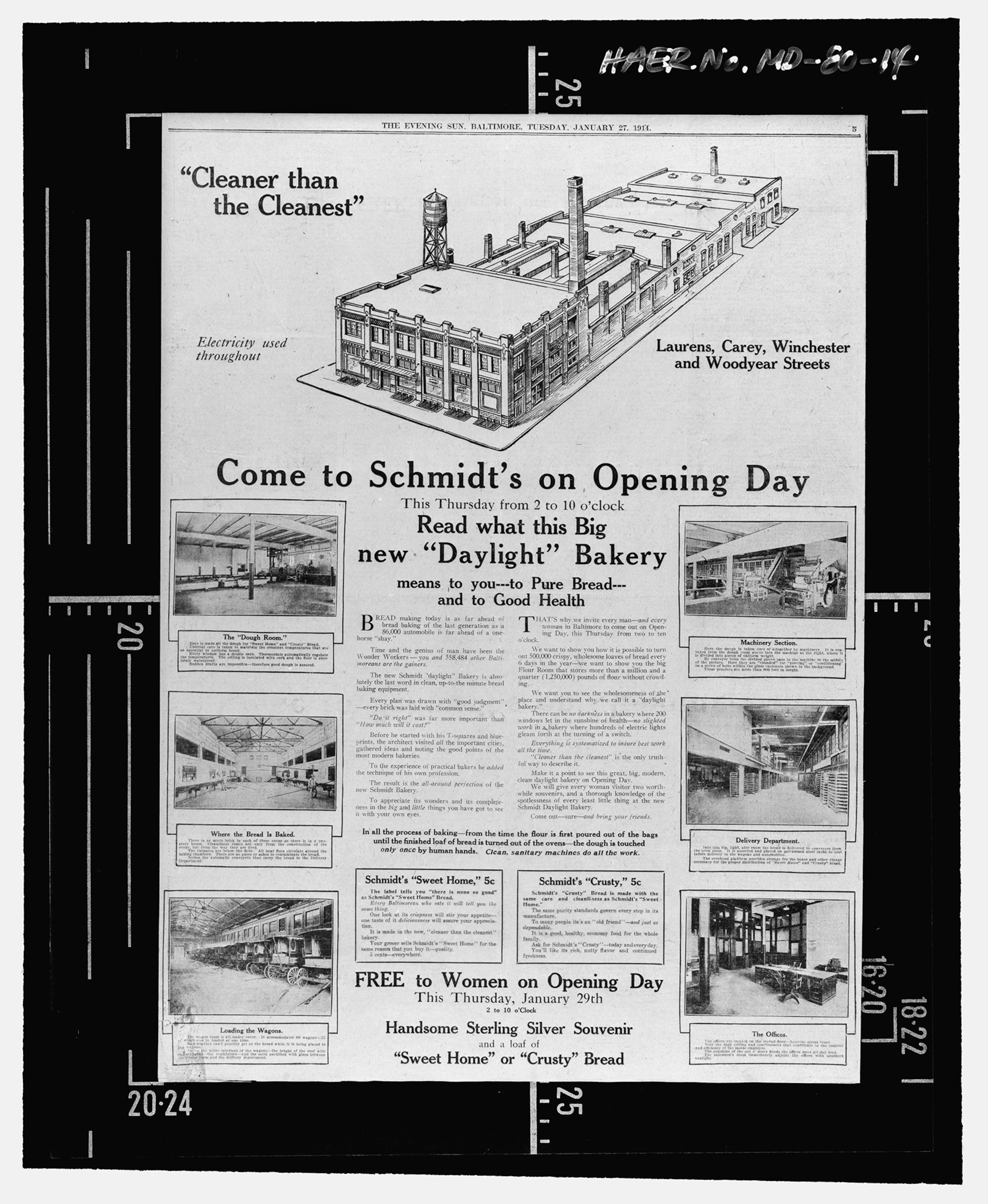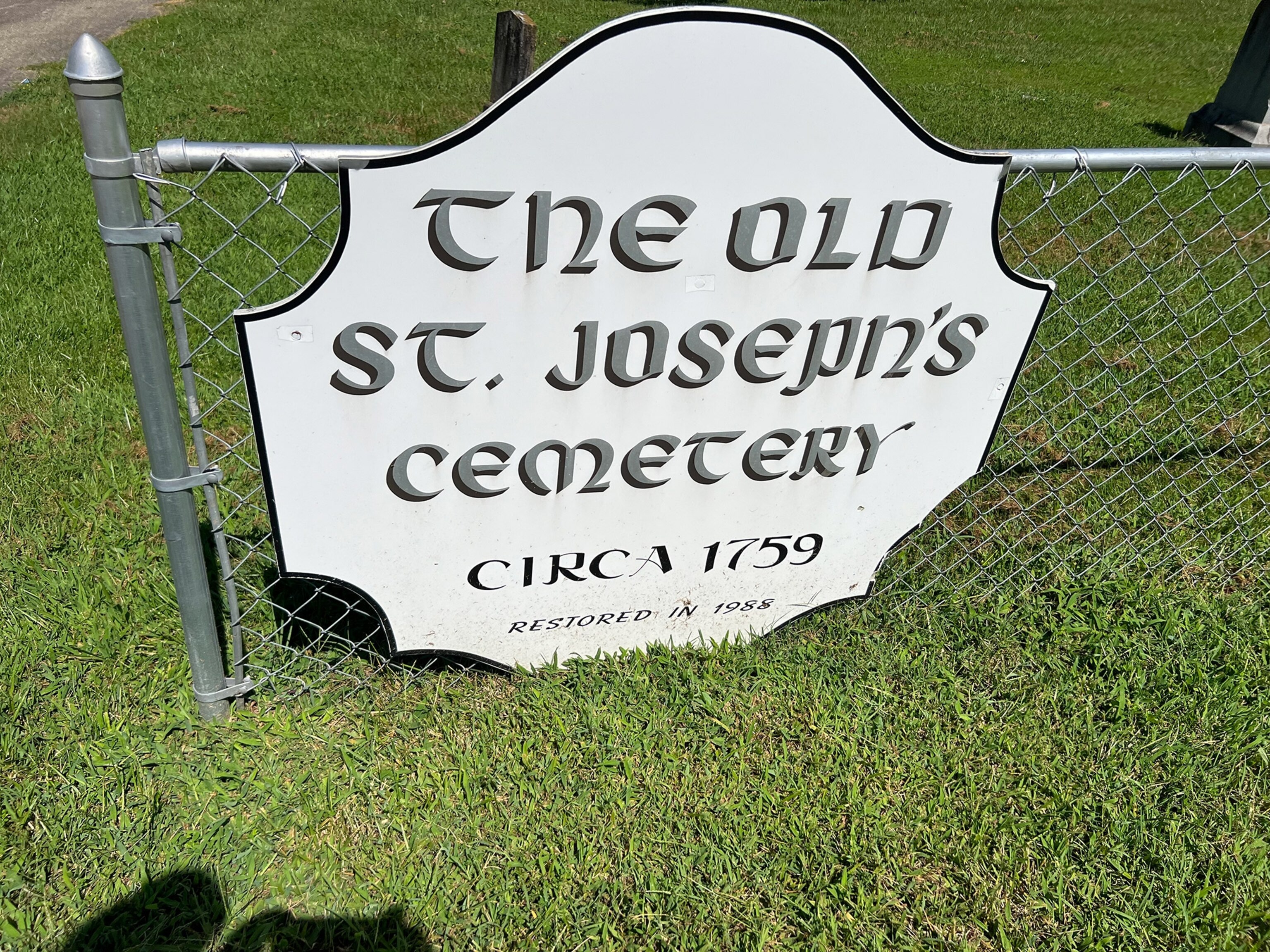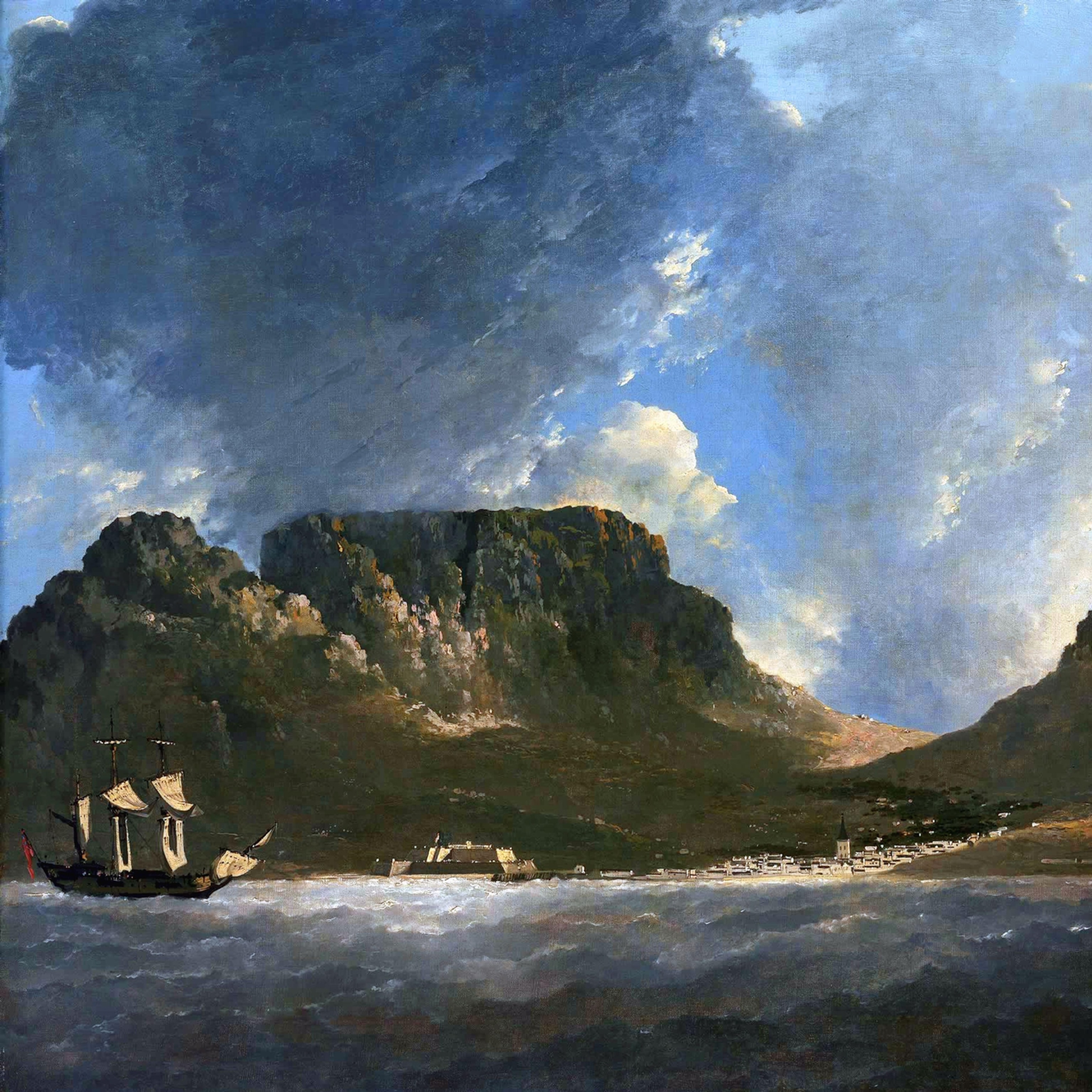
This writer just traced his enslaved ancestors all the way to Africa. Here’s how.
Prior to 1870, records rarely noted names of enslaved and formerly-enslaved people, creating a genealogical brick 'wall.' But new records and tools are changing things.
I knew little about either side of my family. My mom was from Warrenton, North Carolina and occasionally talked about growing up there. Her dad lived with us for a while. My father, who died at 43, didn’t share much about his family. However, they made sure we knew something of our family history with frequent trips to Baltimore where they had both been raised.
Everything changed in the last year. Newly available records from the National Archives’ Freedman’s Bureau provide earlier and richer data about the American experience, often predating the ”the 1870s wall’ that marked the first appearance of many Black people by name on a U.S. census.
Research, with the help of a public relations person who had contacted me, led me all the way back to my great-great-great grandparents—David and Nellie, who were born in St. Mary’s County, Maryland in the late 1700s.
Then, after a DNA test and further research, I was able to trace my ancestry on the Brooks side back to Charles Butler, my ninth great grandfather, who was born in Nigeria in 1650 and enslaved on a plantation in St. Mary’s County. And I learned the fascinating story of Eleanor “Irish Nell” Butler, the white indentured servant from Ireland who married Charles despite a warning that she and their children would be slaves.
Charles lived until he was 90 on that plantation in Leonardtown, Maryland never tasting the life of freedom. In one of the slaveholder’s estate inventories in 1730 he was described as “elderly Negro man named Charles,” who was “very old and very lame.” He would have been about 80 years old at the time.
Several of Charles and Nell’s descendants later went to court to get their freedom—and won.
I believe I now know how Alex Haley felt when he was researching his book “Roots” and when he saw his descendants come to life in the ABC television network’s miniseries in 1977.
Ancestral journey
Three months after that initial phone call, I was on Zoom with a historian and her research team. She had traced the Brooks family history back to my great-great grandfather, David Brooks, and his brother, James, in St. Mary’s County through the 1870 Census. They also had a little information on his parents, David and Nellie, who were born around 1795, also in St. Mary’s County.
I was stunned and amazed at how much they had discovered and how little I know about my family’s history. I later sent a DNA test to Ancestry.com and discovered that my ethnicity was 28 percent Nigerian and 23 percent Cameroonian. That led to links to dozens of second, third and fourth cousins I never knew, mostly on my mother’s side. Several reached out to me, including one cousin whose grandfather was my maternal grandfather’s brother.
I also trekked to an all-Black cemetery in St. Mary’s County—two hours from my home in Silver Spring, where my great-great grandfather is buried, to search for his headstone. But the discovery of an interracial couple in our ancestry was perhaps the most surprising and fascinating nugget of our family history.
The connection
I was born in Baltimore in 1953, the fourth of five children, to William Francis Brooks and Mattie Bell (Crosson). My parents left Baltimore for New Jersey when I was five. We lived in Newark and then Linden, where I went to junior high and high school.
I left Linden to go to college in Ithaca, New York. I worked at the Ithaca Journal for nearly four years before I moved to Asheville, North Carolina and then to Philadelphia. I ended up in the Washington suburb of Silver Spring, where I’ve lived for more than two decades.
Little did I know when I moved to Maryland that my family’s history was just hours away. Both Matthew and Bessie (my paternal grandparents) were born in Leonardtown close to the plantation where their relatives had been enslaved. St. Mary’s County, founded in 1637, was home to the first Maryland colony and was named for Mary, mother of Jesus.
I had always wanted to do an ancestorial search but had never got around to it. A cousin had researched my mother’s side of the family, but I knew nothing about the Brooks side. Until that phone call from Helen Bowe, vice president for public affairs at Wells Fargo. She said the financial services company was looking for a candidate to do an ancestry search with records from the Freedman’s Bureau.
I ultimately learned things about my post-Civil War relatives that I’m sure even my father and grandfather didn’t know. And I received news clippings of stories from the Baltimore Afro-American on my grandfather and father, which I had never seen before.

Breaking through the ‘1870s wall’
The research yielded a trove of information from the 1870 Census—the first conducted after the Civil War and the passage of the 13th Amendment that listed African Americans by name. But is considered a genealogical brick wall for many Black Americans searching for their heritage because so little information was available for those who were enslaved.
Prior to 1870, records rarely noted names of enslaved and formerly-enslaved people in what is referred to as the “1870’s wall.” They were included in the count of household property of slaveowners, their gender and approximate age being the only labels they were granted. But another database, Enslaved.org, has helped researchers and descendants of Africans unlock the depths of the slavery since its launch nearly three years ago.
Using the Freedman’s bureau, my research team yielded a legal contract signed in November 1870 between David Washington Brooks (my great-great grandfather) and his older brother James Brooks with former slaveholders A.W. and Martha Turner for 35 acres of land. David and James paid $100 in cash and pledged to pay the remainder in an installment plan: $124 in the first year, $118 in the second, $112 in the third, and $106 in the fourth. They paid off that contract and bought another 40 acres in the spring of 1878 for $400.
There were three generations in the Brooks family home near Charlotte Hall in Northern St. Mary’s County, according to that 1870 U.S. Census: David, 31, his wife, Mahalay, 25, their two children, and his widowed mother, Nellie, who lived with the family for two decades and was 73 at the time.
James Brooks, 34, and his wife, Margaret, 33, lived next door with their four children aged 1, 8, 11, and 13.
By the 1880 Census David and Mahalay’s family had grown to six children, including my great grandfather, John William Brooks, who was seven. There was also David (Jr.), 12; Ida, eight; Mary, five; James, three; Richard, one; and Nellie, who was 85. Nellie died later that year.
The records don’t indicate what kind of farming they did, but according to the St. Mary’s County Historical Society, they were most likely tobacco farmers. My biggest fear was that the farmland was lost or stolen. But research from the St. Mary’s County Historical Society showed a happier ending. That 75 acres of farmland stayed in the family until it was sold in 1958.
And by tracking down my great-great grandfather’s death certificate, they even gave me the names and birth dates of his parents, my great-great-great grandparents, also named David Brooks, and wife Nellie Brooks, who were born in or around 1795.
My great grandfather, John William Brooks, born April 25, 1873, was also born on the farm in St. Mary’s County. My grandfather, William Matthew Brooks, was born in 1898 to John William and his wife Mary Susan Penn, also in St. Mary’s County.
Matthew married my grandmother, the former Bessie Barnes, also from St. Mary’s County, and the family eventually ended up in Baltimore. My grandmother, an ordained minister, died in 1990. But it was her roots that led me back to Charles Butler and Nigeria.

Charles and ‘Irish Nell’ Butler
My eldest cousin had been on Ancestry.com for a while, and he traced my mother’s family history back to slavery. (That’s another story.) But no family members that I knew of were doing that kind of research on the Brooks side of the family.
With the Wells Fargo research, my own research on Ancestry.com, and at the St. Mary’s County Historical Society, I was able to trace my family’s roots another 220 years, back to Nigeria.
Charles died in 1730 at the age of 90. Nell died in 1727 at the age of 62.
Charles and Nell’s family history is outlined in several publications, including the book Free African Americans in Maryland and Delaware from the Colonial Period to 1810.
It was clear that the family was both feisty and smart. Several sued for their freedom and won. The law was that if a white woman married a slave, she would become a slave and their children would become slaves for life. But a month after their marriage a law passed rescinding that stipulation.
According to the Free African Americans book, one of their descendants, Edward Butler, sued for his freedom in August 1749, but there is no record of the outcome.
In 1763, William and Mary Butler sued plantation owner Richard Boarman in Provincial Court in St. Mary’s County. They won the case in 1770, but it was overturned by the Court of Appeals in 1771.
Their daughter, Mary Butler, sued in 1787, and won. In excerpts from In “The Heritage Within Us, The Butler Family of Pamunkey,” the Butler family included in the book, Butler descendant, James Frank Williams, traces a number of Butler descendants through the more than 40 court cases, which were brought by members of the Butler family following Mary Butler’s successful suit.
As I said before, my father died young. He was survived by his two brothers and four sisters, most of them died in their 50s and 60s, relatively young by today’s standards. I had talked to none of them about our ancestry.
Still, the research from Wells Fargo provided me with documents from the Brooks family that I didn’t know existed. There was the small, December 4, 1943, story on my father in The Baltimore Afro-American under the headline, “Seaman Visits Mother in Baltimore,” that documented him as an 18-year-old visiting his mother in Baltimore while on leave from the Merchant Marine Academy in New York. It included a picture I had never seen before.
I now have a copy of his draft registration card along with those my grandfather and great grandfather and great uncles, all from 1918. I have a copy of my great-great grandfather’s death certificate. And I know where he is buried, whether I am ultimately able to find his headstone or not.
When I shared the story of Charles with some friends at dinner one night, one expressed complete shock at a 90-year-old slave limping around a plantation. “What would a 90-year-old slave do,” she asked. Frankly, I have no idea. But it makes you think.






